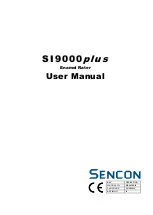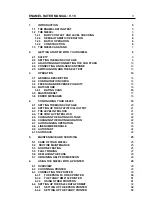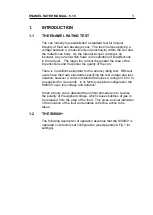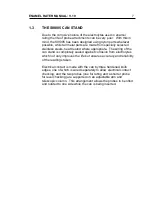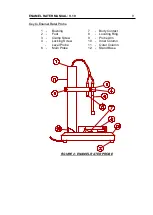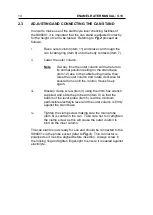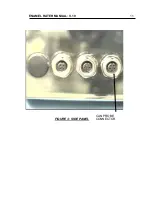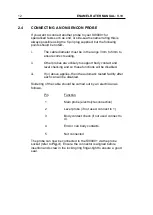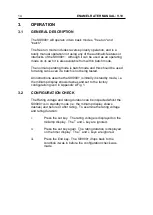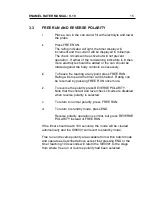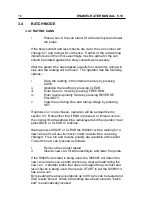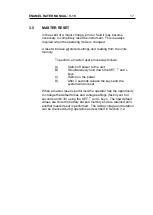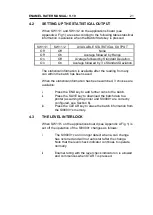
6
ENAMEL RATER MANUAL: V.10
1.2.1
BODY CONTACT AND LEVEL CHECKING
One of the problems the enamel rating test has suffered in the past
is that if any part of the circuit has a poor, high resistance contact
only a small current will flow and the instrument will show a bad can
as good. This is a particular problem where electrical contact is
made with the can body.
In order to overcome this problem the has special circuitry
which checks the contact with the can body and will not allow the
test to proceed until a good contact has been detected. In addition
to this, a similar circuit checks that the electrolyte level within the
can is adequate and so avoids the problem of the upper zone of
the can not being fully tested due to insufficient electrolyte. These
two circuits together will also detect a fault anywhere in the
connector or wiring to the probe, making the fail-safe in its
operation.
1.2.2
SEMI-AUTOMATIC OPERATION
Another spin-off of these check-circuits is that the can be
configured to detect a change of can and will automatically start the
test once a new can is correctly inserted. An internal timer will
freeze the reading when a preset time (e.g. 4 seconds) has elapsed
and one key press then prepares the instrument for the next can.
1.2.3
BATCH OPERATION
As the operator rates cans the will store the readings (up
to 99) in its memory as a batch. At any time during the batch
statistical information about the batch can be displayed and at the
end of the batch the readings in tabular format together with the
statistical information can be output to a printer or computer if
required.
1.2.4
CONSTRUCTION
The acrylic coated steel case and waterproof polyester facia panel
are designed to ensure that the will withstand the rigours
of a factory environment. Further to this the case, mains-switch
and connectors are all sealed to I.P.65 rating, thus preventing any
ingress of corrosive electrolytes and allowing operation of the
in "hose-down" areas.

